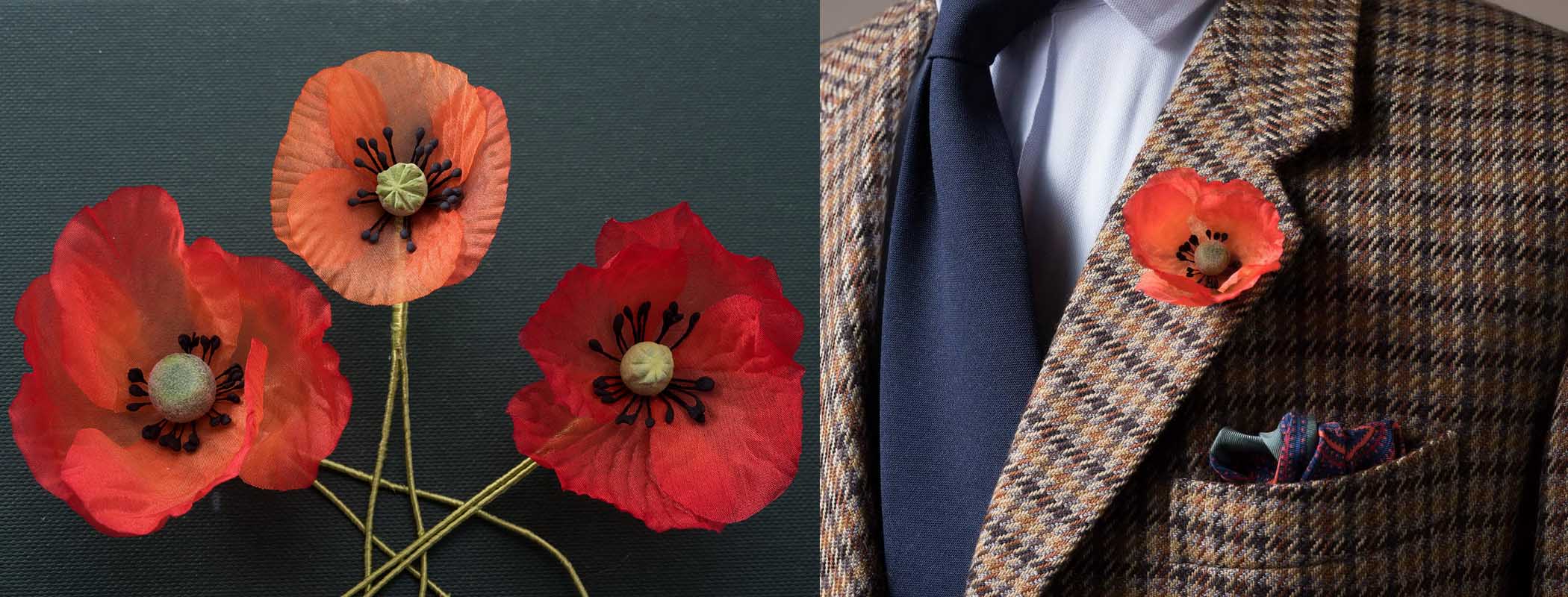
And there is plenty of scholarship on remembering war (Bourke 2004 Danilova 2015 Winter 2014) and on the centenary of the First World War (Andrews 2018 Beaumont 2015 Jeffery 2015 Winter 2017). The broader subject of militarism – defined by Enloe as ‘the step-by-step process by which something becomes controlled by, dependent on, or derives value from the military or militaristic criteria’ (Enloe 2000, 291) – is also gaining considerable academic attention (Stavrianakis and Selby 2013 Stavrianakis and Stern 2018). Particularly notable is Basham’s feminist analysis of the poppy (Basham 2016), which expresses concerns about the gendered, racialized dimensions of militarized discourses around the symbol. Meanwhile, there has been renewed scholarly interest in the poppy, whether to discuss recent trends (Keating 2014 Withers 2019), its enduring appeal (Iles 2008), or its historically contested meaning (Andrews 20 Saunders 2013).

Veterans for Peace UK, founded in 2011, has denounced the patriotism and militarism channelled through the red poppy and promoted white poppies instead (Binenti 2018 Boulton 2013). In 2006, Channel 4 News anchor Jon Snow decried an ‘unpleasant breed of poppy fascism’ putting pressure on him to wear a red poppy on air (Snow 2006). Nevertheless, behind the chorus of dominant public opinion can be heard voices expressing concerns. Questioning the symbol or its hegemonic meaning is sure to stir controversy. Every year, there is pressure to wear it as a symbol of remembrance and respect for members of the armed forces who fought and sacrificed their lives for British freedom and security. It now colours memorials, vehicles and clothes in the run-up to Remembrance Day across Britain. 1 The poppy’s stature in British civic rituals also evolved with its context – through the interwar years, the Second World War (WWII), the Cold War with its proxy wars, Pax Americana, and the post-9/11 wars – but, a century on, the red poppy has become increasingly ubiquitous, commercialized, and hegemonic. The red poppy emerged after the First World War (WWI) as a symbol that would soon become the dominant emblem of British war commemoration, even if the precise meaning of that poppy and indeed the proper way to remember the war were contested from the start. The final section reflects on the resulting unease that can be triggered by the poppy’s hegemonizing function in British civil religion and calls for poppy commemorations to better accommodate deeper reflections on the causes of war, militarism, and the potentially complicit role played by war commemorations. A second-order critique exposes the broader political and ethical consequences including for the military-industrial-entertainment complex, for liberal institutionalist projects, and for veterans.

A first-order critique then reflects on the hegemonic poppy narrative’s internal dissonances, on the selective memory which it reveals, and on the blinkered horizon of compassion and identification which it promotes. It starts by sketching out a history of the poppy’s contested meaning. Building on literature on the poppy and war commemorations, on pacifist approaches to security studies and on militarism, this article sketches a pacifist critique of the poppy’s increasingly hegemonic militarism. The red or ‘Flanders’ poppy has become the ubiquitous emblem of British war commemorations, yet it is also becoming more hegemonic and militaristic: the poppy’s meaning has always been contested, but its dominant interpretation has become increasingly intolerant.


 0 kommentar(er)
0 kommentar(er)
